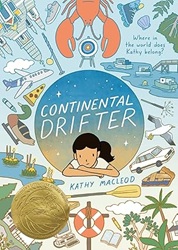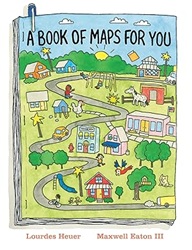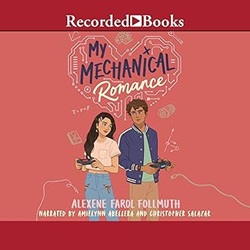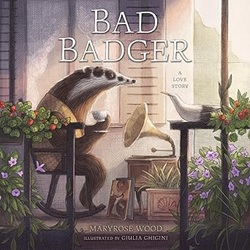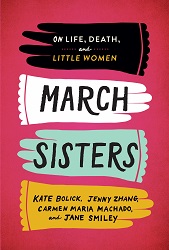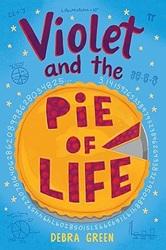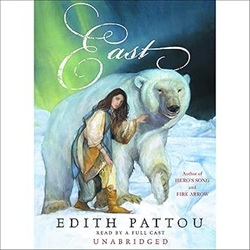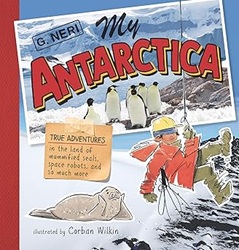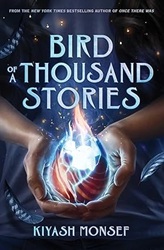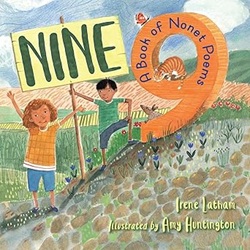Review of Continental Drifter, by Kathy Macleod
by Kathy Macleod
First Second, 2024. 216 pages.
Review written February 18, 2025, from a library book.
Starred Review
2025 Asian/Pacific American Literature Award Winner, Middle Grades
2024 Cybils Finalist, Elementary/Middle School Graphic Novels
This is one of those wonderful middle school memoirs in graphic novel form – the perfect way to express the angst of middle school. In Kathy Macleod’s case, she feels pulled between two continents. During the school year, she lives in Bangkok, Thailand, where her mother is from. And this summer they’re going to Maine, where her father is from.
Kathy speaks English at her International school in Bangkok and she watches American TV shows, so she hopes that she’ll belong better in America. And this year, she finally gets to go to summer camp.
But at summer camp, there are girls who know each other already, and everyone has white skin, and they think she’s from Taiwan, and once again she has trouble feeling like she belongs.
This story expresses the ups and downs of being between cultures and gets you thoroughly on Kathy’s side as she drifts between continents.
Find this review on Sonderbooks at: www.sonderbooks.com/Childrens_Nonfiction/continental_drifter.html
Disclosure: I am an Amazon Affiliate, and will earn a small percentage if you order a book on Amazon after clicking through from my site.
Disclaimer: I am a professional librarian, but the views expressed are solely my own, and in no way represent the official views of my employer or of any committee or group of which I am part.
What did you think of this book?
